Dennis Wilson was not as prolific or multi-talented as his older brother Brian, not as good a musician as younger brother Carl. And probably not until his substance abuse problems near the end of his life, not as much of a pain in the butt as his cousin, Mike Love.
On the early Beach Boys albums, on which they sometimes wrote messages to their fans, Dennis was almost a joke. The good-looking, surfer boy (the only one who actually surfed) wrote things like “see you in your town girls.” OK. He drove a Corvette Stingray. He looked the part, seemingly lived life in the fast lane.
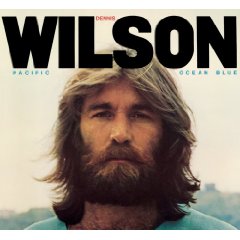 But as Brian began to fade out in the late 1960s, eventually evaporating in the lost promise of the unreleased Smile album, Dennis started to emerge with some of the most interesting compositions on early ’70s Boys albums. By the the fall of 1977, he became the first to release a solo album and it artistically eclipsed anything the Boys were doing at the time.
But as Brian began to fade out in the late 1960s, eventually evaporating in the lost promise of the unreleased Smile album, Dennis started to emerge with some of the most interesting compositions on early ’70s Boys albums. By the the fall of 1977, he became the first to release a solo album and it artistically eclipsed anything the Boys were doing at the time.
Pacific Ocean Blue, a fascinating mix of California-drenched reverie and early Rock ‘n Roll and funk influenced feels, has been out of print for a while on CD. It was released this year as a double on Columbia Legacy, beautifully remastered with a nice booklet and a second disc that includes Dennis’ unfinished follow-up Bambu, which may possibly be better than POB.
The English magazines love this release and I believe Rolling Stone actually acknowledged it, which is something to marvel at. I agree, this is definitely the best reissue I’ve heard in 2008.
Although I have had the out of print version for some time, I came to appreciate the album more because of this release’s improved sound. The original sometimes sounded muddied by the extensive instrumentation.
One of Dennis’ best qualities is that he was a great collaborator, with Gregg Jakobson on POB, who co-produced and co-wrote some of the songs, and with Jakobson and Carli Munoz on much of the Bambu material.
There may not be a better track than the opening River Song on POB, a gorgeous Beach Boys harmony soaked moderate groove with Dennis’ voice sounding as pure as one of the Boys but with a rough edge to it. That’s used to maximum advantage on Friday Night, while What’s Wrong gives us shades of Dion, an artist Dennis covered on earlier Boys albums.
A funk groove with dixieland instrumentation adorns and contrasts Dreamer with the introspection of Moonshine, You And I, Farewell My Friend, The End Of The Show and Time, all low key ballads Dennis excels at imbuing with deep feeling and gorgeous instrumental and vocal backing.
Pacific Ocean Blues, the almost title track, is another funky workout with Dennis’ heartfelt, almost burned out vocal approach standing in front of cool background harmonies. Rainbows possesses a similarly infectious groove with suspended sections that glide on a string background.
Four previously unreleased tracks are added to disc one, all low key, the best of which is probably the instrumental Mexico.
Bambu features another powerful opener in the bluesy shuffle Under The Moonlight, complete with horns and a raunchy rhythm guitar pumping from the right speaker to go with the centered lead lines.
The rest is filled with similar types of compositions as POB, slow, tender ballads along with moderate rock and funk grooves as well as the latin excursion of Constant Companion. What makes this set perhaps the better of the two is that Dennis was improving as a writer and arranger. This would have been a step forward.
He drowned in what was ruled accidental not long after he recorded these Bambu tracks. He was still developing as an artist but personally had demons with which he couldn’t cope.
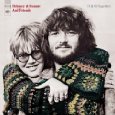 He and his wife’s group, Delaney and Bonnie & Friends, from the late ’60s, early ’70s, never hit it really big, but had some recognizable tunes such as Only You Know And I Know. More interesting, the group featured many stars among its sidemen. Eric Clapton played with D&B following his tour with Blind Faith. Dave Mason was in that version of the group as well and George Harrison guested. Other luminaries included bassist Jim Radle, sax player Bobby Keys, now with the Stones, drummer Jim Gordon, keyboard player Bobby Whitlock and trumpet player Jim Horn and many more. Most of them played in Mad Dogs & Englishman with Joe Cocker and Leon Russell and Clapton took Radle, Gordon and Whitlock to form Derek & and Dominoes.
He and his wife’s group, Delaney and Bonnie & Friends, from the late ’60s, early ’70s, never hit it really big, but had some recognizable tunes such as Only You Know And I Know. More interesting, the group featured many stars among its sidemen. Eric Clapton played with D&B following his tour with Blind Faith. Dave Mason was in that version of the group as well and George Harrison guested. Other luminaries included bassist Jim Radle, sax player Bobby Keys, now with the Stones, drummer Jim Gordon, keyboard player Bobby Whitlock and trumpet player Jim Horn and many more. Most of them played in Mad Dogs & Englishman with Joe Cocker and Leon Russell and Clapton took Radle, Gordon and Whitlock to form Derek & and Dominoes.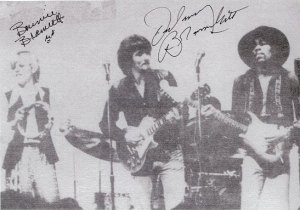
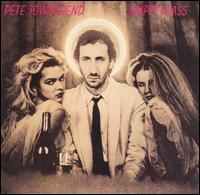 Containing two of his most familiar tracks, Rough Boys and Let My Love Open The Door, both successful singles, the album is more pop-rock oriented than anything in his repertoire since the early days of the Who. But there is more than those signature tunes.
Containing two of his most familiar tracks, Rough Boys and Let My Love Open The Door, both successful singles, the album is more pop-rock oriented than anything in his repertoire since the early days of the Who. But there is more than those signature tunes.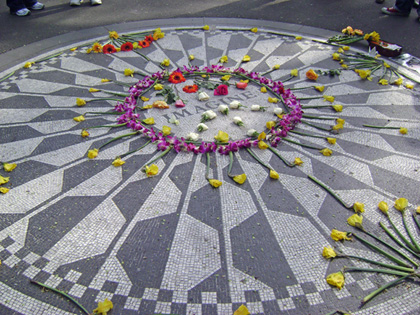
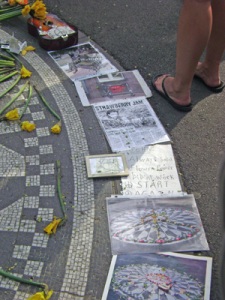
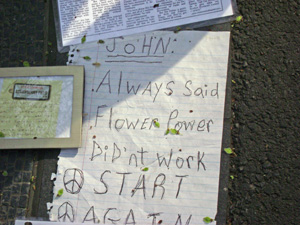
 One of the best music sites I’ve bumped into this year has to be
One of the best music sites I’ve bumped into this year has to be 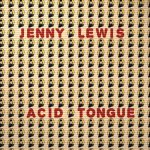 The best album I’ve heard this year has to be Acid Tongue by Jenny Lewis. It wasn’t reviewed or received as well as her first solo album with the Watson Sisters, Rabbit Fur Coat, but it’s better. The first was very unusual, stark, real basic, a nice blend of country and pop and she shared the bill. Acid Tongue is more conventional with a band or actually two, sort of, bands but it’s executed beautifully and her songwriting is in great shape.
The best album I’ve heard this year has to be Acid Tongue by Jenny Lewis. It wasn’t reviewed or received as well as her first solo album with the Watson Sisters, Rabbit Fur Coat, but it’s better. The first was very unusual, stark, real basic, a nice blend of country and pop and she shared the bill. Acid Tongue is more conventional with a band or actually two, sort of, bands but it’s executed beautifully and her songwriting is in great shape. I, Flathead by Ry Cooder, which has some serious rockers and, of course, exquisitely tasteful playing, with an early countrified rock ‘n roll feel. It’s supposed to be the third in a trilogy, which started with Chavez Ravine, the best of the three.
I, Flathead by Ry Cooder, which has some serious rockers and, of course, exquisitely tasteful playing, with an early countrified rock ‘n roll feel. It’s supposed to be the third in a trilogy, which started with Chavez Ravine, the best of the three. The fifth is Esperanza, by Esperanza Spalding, an amazing female bassist just out of Berklee in Boston, my old school by the way.
The fifth is Esperanza, by Esperanza Spalding, an amazing female bassist just out of Berklee in Boston, my old school by the way.